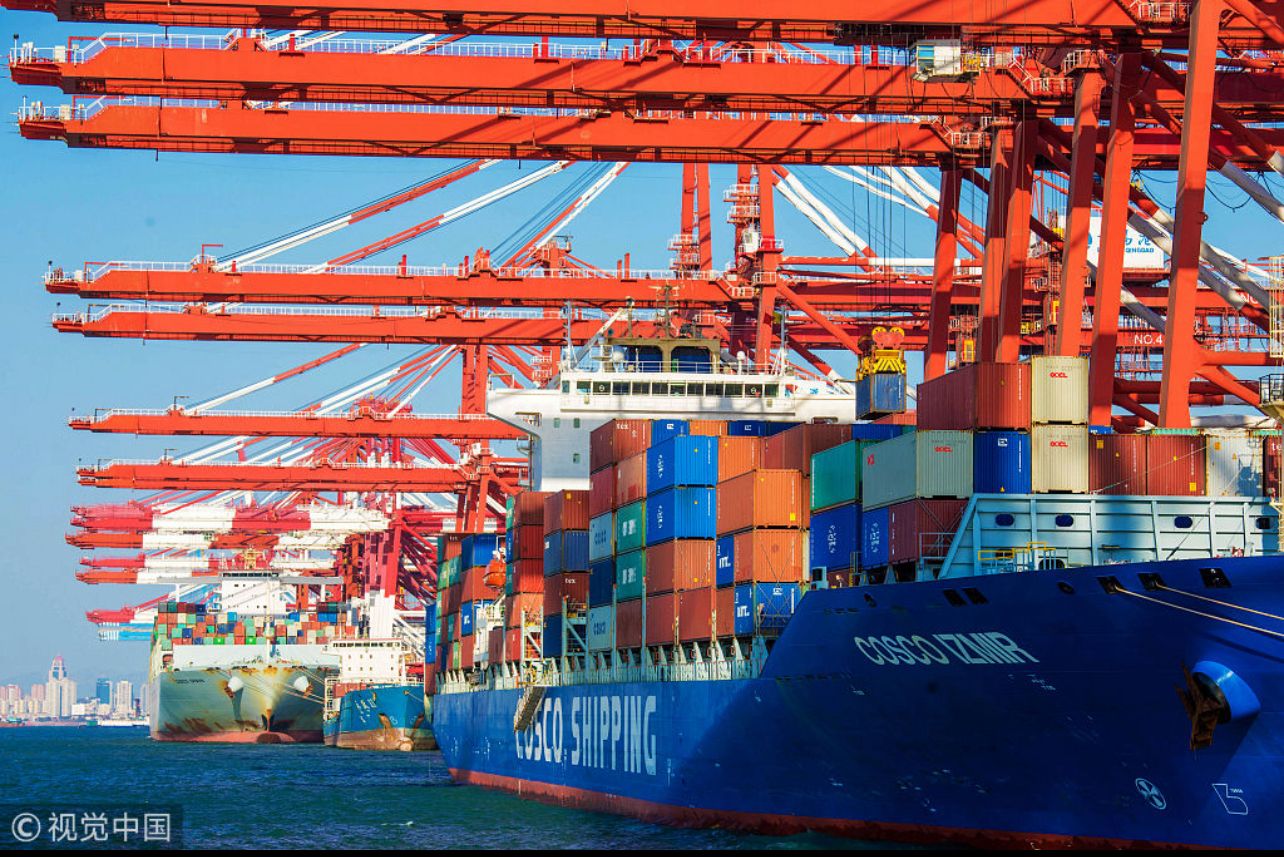
China – Fear or FOMO? The Investment Dilemma of the Decade » Capital News
For too long, a small but vocal group of Western commentators has painted a distorted picture of China’s economy—amplifying weaknesses, downplaying strengths, and sowing doubt in what remains one of the world’s most dynamic markets. But beyond the headlines lies a very different reality—one of transformation, resilience, and opportunity.
Today, China is in the midst of a sweeping industrial and technological overhaul, led by global frontrunners in clean energy, automation, artificial intelligence, and the digital economy. The real question investors must confront is whether to be paralysed by fear, or whether to embrace FOMO—the fear of missing out on one of the most compelling long-term growth stories of our time.
The Numbers Tell a Different Story
Despite persistent scepticism, China’s economic data paints a far more optimistic picture. In March 2025, industrial production surged by 7.7 per cent year-on-year—the fastest growth since mid-2021. Even after moderating to 6.1 per cent in April and 5.8 per cent in May, the numbers exceeded market expectations. High-tech manufacturing outpaced traditional sectors, with robotics, EVs, and 3D printing growing at rates of 30 to 40 per cent.
Retail sales also tell a tale of consumer resilience. In May 2025, sales rose by 6.4 per cent—the fastest pace since December 2023—signalling a steady revival in domestic demand. Far from stagnation, China is gradually shifting away from debt-fuelled infrastructure investment toward innovation and consumption-led growth.
Tech Titans and Transformation
Look no further than companies like Meituan to understand this evolution. In Q1 2025, the food delivery and e-commerce giant reported a 46 per cent jump in net profit, fuelled by the boom in instant retail and social commerce. It is also riding the wave of China’s AI revolution, integrating tools like DeepSeek to expand its business model.
Tencent, despite years of regulatory scrutiny, continues to post double-digit growth in gaming, social media, and cloud services. Its domestic orientation has shielded it from export shocks, while its valuation remains attractive compared to its global tech peers.
Meanwhile, China’s electric vehicle sector is rewriting the global playbook. BYD sold more than 4.27 million new energy vehicles in 2024—a 40 per cent jump from the previous year. In Q1 2025, its profits doubled to 9.2 billion yuan, driven by its aggressive rollout of affordable smart EVs. In April alone, nearly half of BYD’s sales included advanced driver-assistance features. While legacy carmakers retreat, Chinese EV brands are expanding their global footprint.
Policy Backing Innovation
These achievements aren’t accidental—they reflect deliberate policy choices. Since September 2024, Beijing has rolled out a stimulus package aimed at boosting investor confidence and stabilising key sectors. The reforms include easier licensing, streamlined inspections, IPO support, and incentives for tech firms.
Premier Li Qiang has reaffirmed a 5 per cent GDP growth target for 2025, and global banks such as HSBC and Citi now expect growth of around 4.8 per cent. The government’s emphasis on domestic consumption and innovation over exports reflects a structural shift—one where private firms, which account for 60 per cent of GDP and 80 per cent of urban jobs, are central to economic legitimacy.
Uneven, But Real, Consumer Recovery
While not uniform, China’s consumption rebound is clear. Luxury names like Kweichow Moutai are thriving among affluent buyers, while value-driven platforms such as Pinduoduo attract price-sensitive consumers. Experience spending is back too: restaurant chain Haidilao served a record 450 million customers in 2024, and Luckin Coffee has expanded to over 20,000 outlets, buoyed by youth café culture.
Why China Can’t Be Ignored
What makes China’s outlook even more compelling is its growing technological edge. The country now produces 40 per cent of the world’s STEM graduates, fuelling innovations in EVs, solar, 5G, and high-speed rail. This unmatched scale in talent and manufacturing gives China a unique ability to rapidly iterate and commercialise innovation.
As Apple CEO Tim Cook once noted, a tooling engineering conference in the U.S. might fill a room—China could fill stadiums. That skill density has turned China from a so-called “copycat nation” into a global engine of invention.
Risks Remain—but so Does the Opportunity
Yes, there are risks—from property market fragility to demographic shifts and geopolitical flashpoints like Taiwan or trade tensions with the U.S. But China’s reliance on U.S. exports has declined significantly, and its firms have diversified their revenue bases. Most now depend on domestic demand or non-U.S. international markets.
Foreign investment is also returning. In Q4 2024, foreign fund flows into Chinese equities turned net positive for the first time in two years, and the MSCI China Index is up 25 per cent year-to-date.
More importantly, the risks are helping fuel innovation—not derail it. In fact, China’s policy recalibration is precisely what positions it for sustainable, long-term growth. Valuations remain relatively low, even as many firms post robust earnings.
Final Thought
China’s transformation is unfolding at a scale and speed few nations can match. It is nurturing companies shaping the future—from AI and clean energy to advanced manufacturing and platform economies.
Investors who remain gripped by fear risk watching from the sidelines. Those willing to look beyond the noise may find that FOMO is the more rational response. Because in today’s global economy, China is simply too big—and too innovative—to ignore.
Stephen Ndegwa is a Nairobi-based communications expert and policy analyst.